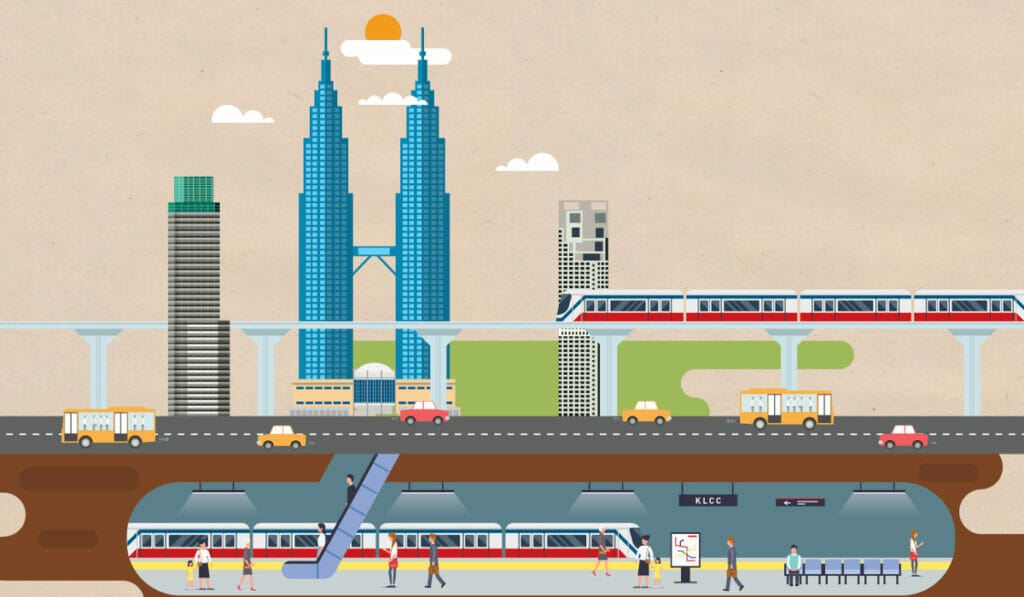
WHAT MAKES A BETTER CITY?
Of course, the traffic situation is far from being the sole determinant of how liveable a city is. The Economist’s Intelligence Unit sites stability, healthcare, culture and environment, education and Infrastructure as some of the factors when they come up with The Global Liveability Report, while Gil Penalosa and his 8-80 Cities organisation conclude that the best cities are the ones built with everyone from eight to 80 years old in mind.
I had the pleasure of listening to Penalosa speak during the recent World Class Sustainable Cities 2017 symposium and his message was clear: the key to making Kuala Lumpur a world-class city is to put pedestrians first and to make greater use of the city’s public spaces. As of December 2014, there are 2,266.65ha of public open spaces in Kuala Lumpur and, apparently, there are plans for a One Integrated Park initiative that aims to connect a host of open spaces within the city through green trails. The idea is that open spaces within the city encourage people to interact with each other. “If not for the public spaces within our cities, the rich and the poor will never meet as equals. They eat in different places and they sleep in different places,†comments Penalosa.
With Penalosa’s plan to design a city to include everyone from eight to 80, it inevitably encourages people to be more mobile. Apparently, in the year 2000, one in 22 people in Malaysia were classified as obese. In 2010, it was one in eight and, today, it is one in five. Malaysia has the highest rates of obesity in South-East Asia – just some food for thought.
Green lungs within the city are also a great way to improve the quality of life. Studies have indicated that green spaces help to filter pollutants and dust from the air, provide shade to pedestrians (is this why Singaporeans don’t complain about walking the ‘last mile’?) and lower the temperatures in urban areas. It’s a good thing then that DBKL is increasing its tree-planting initiatives from 30,000 to 100,000 trees a year.
Saaby says that to make cities more resilient and liveable, nature has to be integrated within. Green facades, green rooftops, trees integrated within the city all help to improve the quality of life. She even mentions that, in Copenhagen, there are small-scale parks funded by private investors, and they do so even when they are not allowed to put up fences as the requirement is that it has to be accessible to the public. Wouldn’t that be nice to see that in Kuala Lumpur? Unfortunately, with the price of one acre of land within the city centre costing about MYR150 million, it’s hard to imagine anything other than projects that are commercially profitable.
CONCLUSION
The thing about urban planning is, they are just plans. What we hear now will only be implemented over the course of the next few years. If there had been proper planning, say, five years ago, we wouldn’t be in this pickle now but here’s to hoping that, in five years’ time, the plans of today become the solutions of tomorrow. Until then, however, I’ll just continue to sit here counting the brake lights all the way home.


